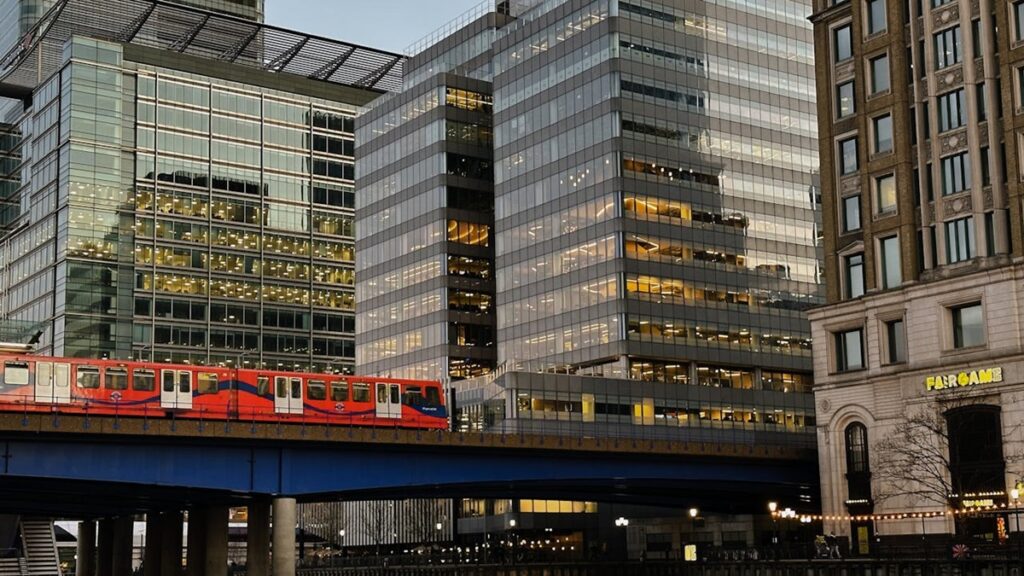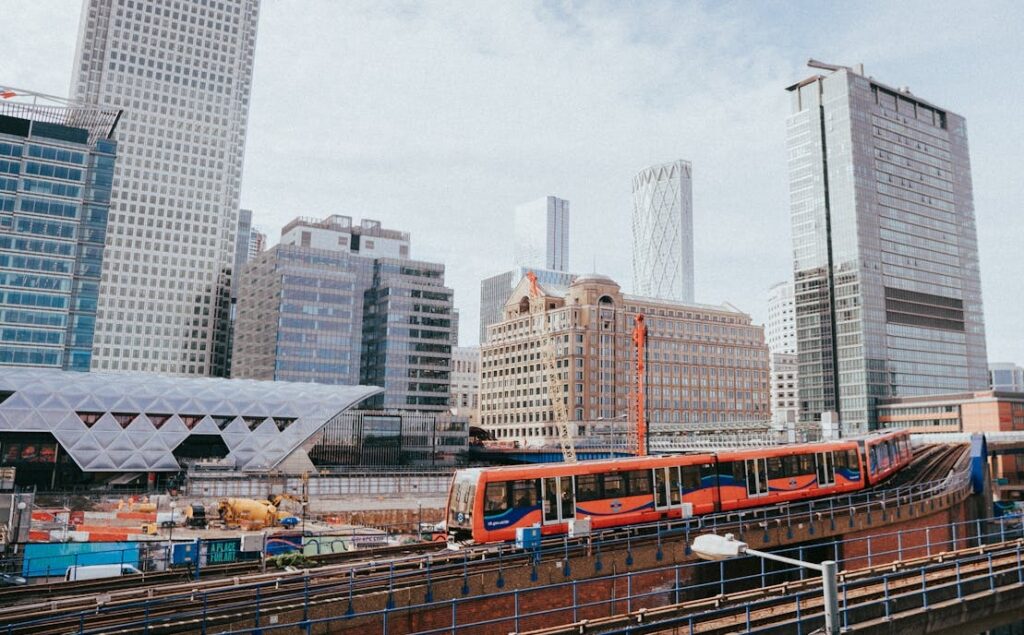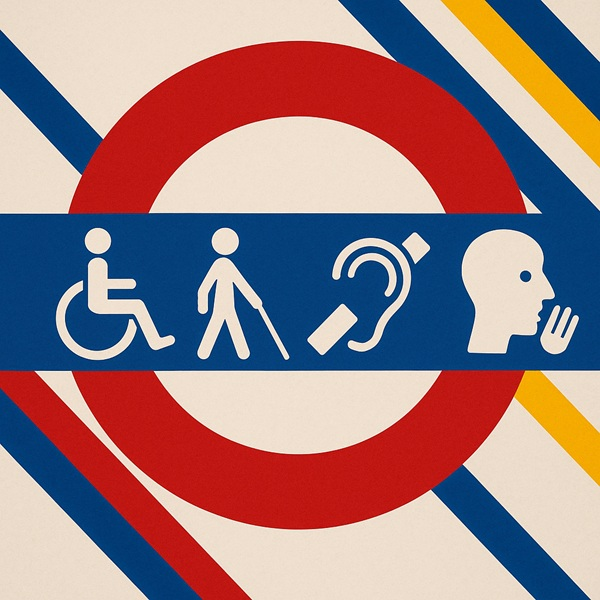What is the DLR?
Designed as a fast, affordable, and flexible light railway to help people travel around the London Docklands area. The Docklands Light Railway or DLR is a computer-driven transport system connecting you to some of the city’s most exciting neighbourhoods, business districts, and attractions.

The first DLR trains started running on 31 August 1987, linking Tower Gateway and Stratford with Island Gardens. Today it connects key areas like Canary Wharf, Stratford, Lewisham, Royal Docks, London City Airport, and parts of Greenwich.
Technology and Operations
What really sets the DLR apart is that it’s driverless! Instead of a driver, there’s a friendly Passenger Service Agent (PSA) on board each train to help out, check tickets, and make sure your journey goes smoothly. Of course, they’re also there to take charge if there’s ever an emergency.
Integration with London’s Transport
The DLR is a vital part of the TfL network and connects with numerous London Underground lines.
Travelcards, Oyster cards, and contactless payment methods are accepted, and fares are calculated according to London’s standard zones. The DLR’s card-only ticketing and frequent, reliable service encourage both planned journeys and spontaneous travel.
Networks and Routes
Whizzing passengers between over 40 stations along almost 40km (around 24 miles) of track through East and Southeast London. You can hop on at central spots like Bank and Tower Gateway, then head out toward places like Lewisham, Beckton, Woolwich Arsenal, or Stratford International. If you need to switch lines, stations like Canary Wharf, Poplar, and Canning Town make it easy to connect with the Tube, Overground, or National Rail.

Main Branches
- Bank/Tower Gateway to Lewisham: Passes through lively business hubs like Canary Wharf and plenty of shopping and residential areas, even dipping under the Thames near the Greenwich foot tunnel.
- Stratford to Canary Wharf/Bank: Links the buzzing centre of Stratford with the financial district at Canary Wharf, right through the heart of the Docklands.
- Beckton Branch: Starts at Poplar and heads out to newer neighbourhoods and shopping areas like Royal Victoria and Gallions Reach shopping Park as well as the IFS Cloud Cable Car and Royal Docks at Royal Victoria Station.
- Woolwich Arsenal Branch: Opened in 2009, this line dives under the river from King George V station to reach the growing area of Woolwich.
- Stratford International Branch: Takes riders between Stratford International (with its high-speed train links and the Olympic Park) and Woolwich Arsenal, stopping at key points like West Ham and Canning Town.
Key Interchange Stations
- Bank: Easily connect to the Central, Northern, Waterloo & City, and District lines.
- Canary Wharf: Hop onto the Jubilee line or the speedy Elizabeth line (Crossrail).
- Canning Town: Change for Jubilee line trains and local buses.
- Stratford/Stratford International: Switch to Underground, Overground, National Rail, or other DLR lines.
- Lewisham: Catch National Rail trains down to south London and Kent.
Hours of Operation and Frequency
Operating hours
DLR services typically run:
- Monday to Saturday: From about 5:30am to just after midnight.
- Sundays: From around 7:00am to just before midnight.
Train Frequency
Trains run every 3-4 minutes during peak times. During off-peak hours and weekends, trains typically run every 10 to 15 minutes.
Ticketing and Fares
Catching the DLR is simple when it comes to tickets. It’s part of the wider London fare system, so you can use your Oyster card, contactless payment, or a Travelcard.

Fares depend on the zones you travel through the DLR operates in Zones 1 to 4 and you can conveniently transfer to other TfL services without having to purchase a new ticket.
Accessibility and Passenger Experience

If you value accessibility, you’ll love the DLR. All stations are step-free, and information is clearly displayed in lots of formats. Stations have lifts and ramps, so everyone can get around easily. Plus, many journeys offer fantastic views—elevated routes give you a unique look at the London skyline, Canary Wharf’s towers, the Thames, the O2 Arena, and the Royal Docks.
Future Plans
There’s plenty on the horizon for the DLR:
- New modern trains are being introduced, replacing the older models with more space, air conditioning, improved accessibility, and the latest passenger information.
- Station upgrades, including new entrances, improved step-free access, and extra cycle parking.
- Plans are underway to extend the DLR further into Thamesmead and other developing areas in East London.
With its driverless trains, easy-access stations, and connections to the rest of London’s transport network, the DLR makes travelling around East London a breeze. Whether you’re a local or just visiting, the DLR is a friendly, reliable, and modern way to see the city.
Plan a Journey with Tfl.